Different types of dough require different preparation methods and proofing times. Therefore, it is important to choose the appropriate kneading and proofing technique depending on the specific recipe and type of product.
Shortbread dough
Working with classic shortcrust pastry requires quickly kneading cold ingredients so that the butter, which is the base of the dough, does not melt. This provides a crumbly and “sandy” texture to the dough products. The ideal technical solution for this task is a planetary mixer. He always has in his arsenal a special flat paddle attachment, designed primarily for working with shortcrust pastry and its various variations, such as sour cream dough or almond flour dough.
Planetary mixers use planetary mixing technology, in which the mixer drive rotates in one direction and the attachment rotates in the opposite direction. This allows you to mix the ingredients quickly and evenly, providing the perfect combination for making shortcrust pastry.
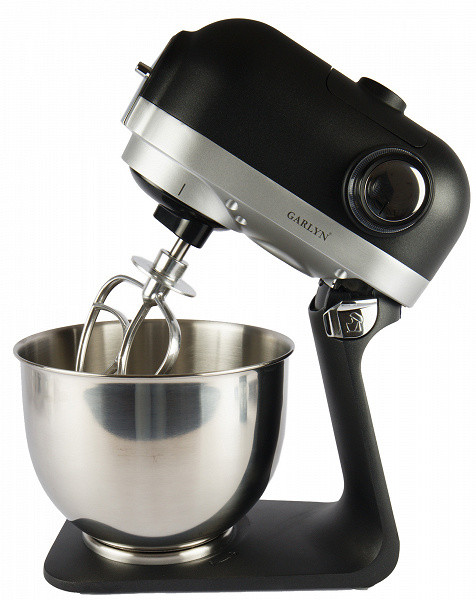

Shortbread dough is widely used for making sweet pies (tarts) and savory quiches. However, there is another option for baking from shortcrust pastry, where part of it is frozen — the so-called grated pies. To do this, the frozen dough or its chilled part is grated or passed through a meat grinder. The latter option is preferable: there is no need to wait for the dough to freeze, the risk of damaging your nails and cutting your fingers on the grater is avoided, and the finished baked goods from dough passed through a meat grinder look more neat and aesthetically pleasing. It is worth noting that some planetary mixers are equipped with meat grinder attachments, which makes the purchase of a separate device optional.

Unleavened dough
Unleavened dough has a minimum set of ingredients, it is dense and requires long mixing to acquire elasticity and be easy to roll out. Unleavened dough is used to prepare dumplings, dumplings, homemade noodles, pasta, manti and other dishes. A planetary mixer is also suitable for preparing this type of dough, but a different attachment is used for this purpose — a hook.


During editorial tests of planetary mixers, we repeatedly prepared this dough, starting at low speed and gradually increasing it to medium settings. Usually it takes 1.5-2 minutes to assemble the ingredients into a tight lump, and then another minute or two — so that the dough becomes elastic and does not stick to your hands. While kneading unleavened dough by hand until it reaches an ideal state takes half an hour and is very physically tiring.
Bread machines are also great for kneading unleavened dough. It is not necessary to use a special program: the dough mixer will cope in any case and with any kneading program. However, if there is no special program (for example, “Dumplings” or “Pasta”), then you should remove the dough from the bread machine in a timely manner to prevent it from heating up.
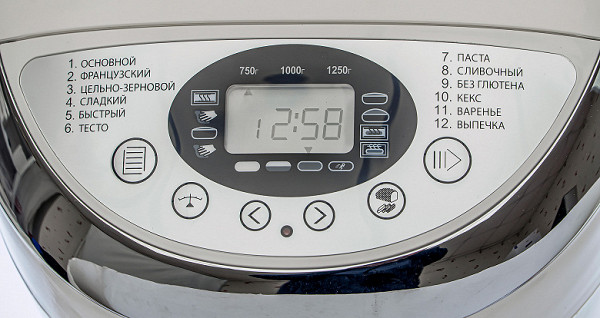
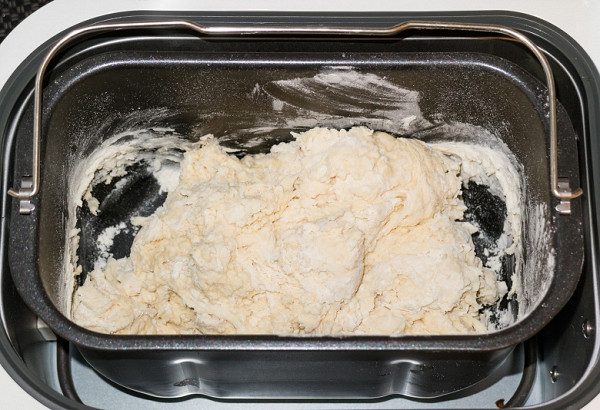
A special technique is also used to roll out tough unleavened dough. In particular, these are special attachments for rolling out dough and forming pasta (such as tagliatelle, fettuccine) for kitchen machines Kenwood, KitchenAid, Smeg and some others.
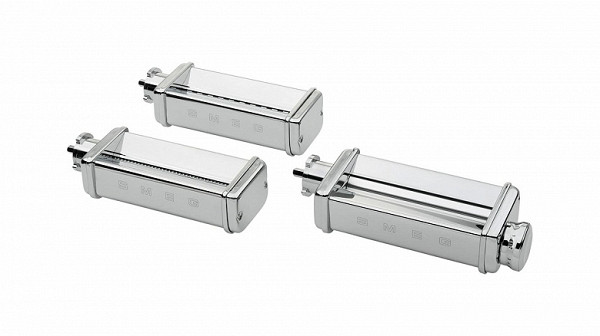
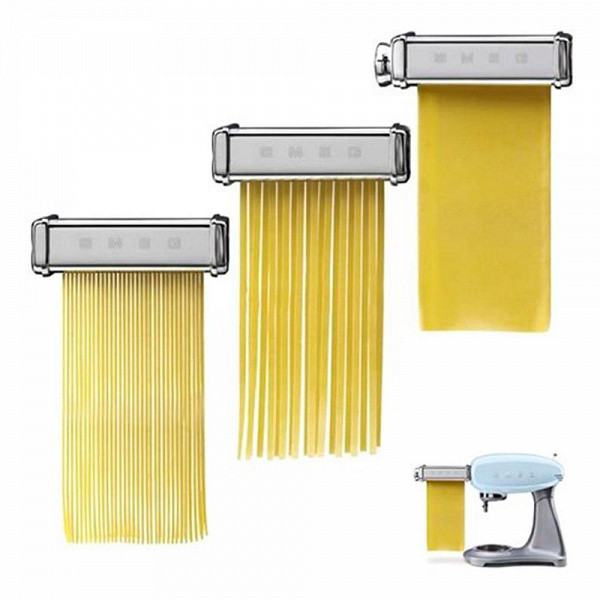
There are many attachments for kitchen appliances from such brands on the market, and their cost is often significantly higher than the price of planetary mixers from lesser-known manufacturers. Therefore, some enthusiasts who prepare such dough prefer to use separate machines for rolling out dough and cutting noodles. In this assortment you can find both mechanical options (more affordable, but less efficient) and electric models (more efficient, but more expensive than mechanical ones).
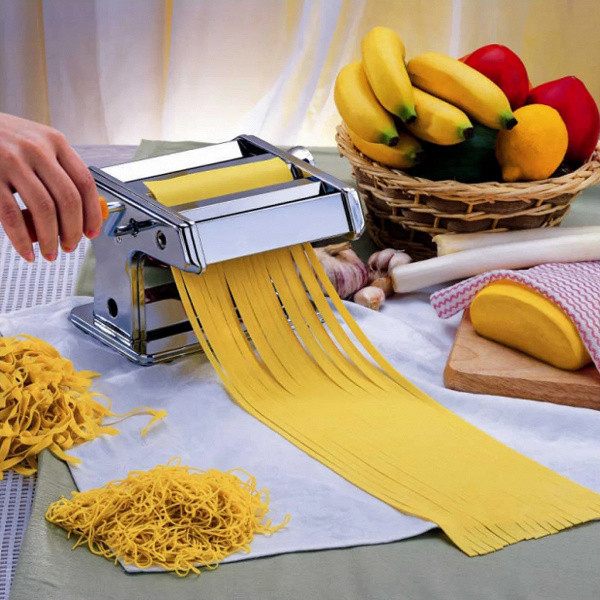
Yeast dough, pizza dough, choux pastry
Planetary mixers (hook attachment), as well as conventional hand and stationary mixers with hook attachments, do an excellent job of kneading these types of dough.
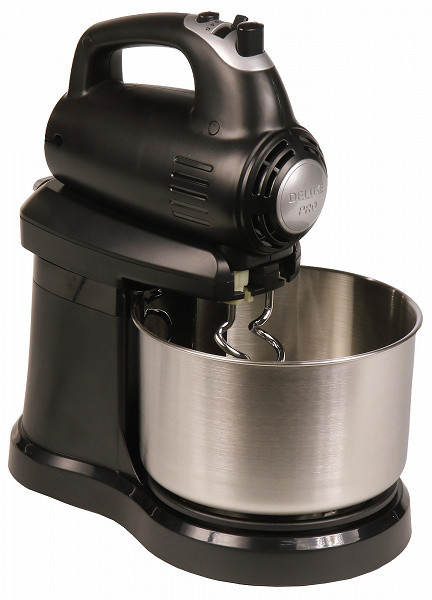

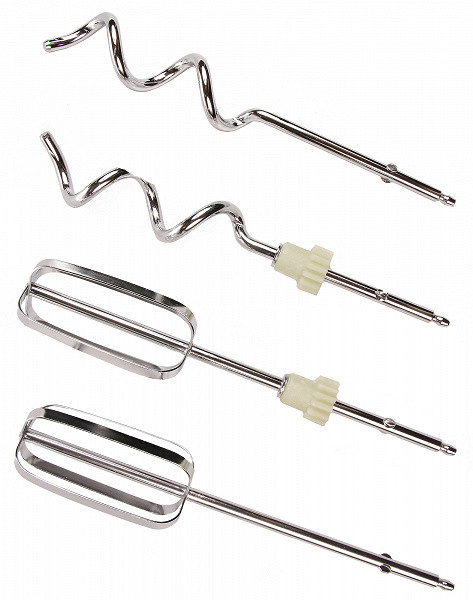
To work with choux pastry, it is recommended to use a bread machine or planetary mixer, as this dough requires additional effort. A bread maker is ideal for kneading bread and pizza dough, as these types of dough are very similar. It is advisable that the bread maker has separate programs for different types of bread or dough to reduce the risk of errors. However, even in simple bread machine models, the “Basic Bread” or “White Bread” modes are also suitable for preparing pizza dough.
For yeast dough, it is important not only to knead it, but also to help in the process of proofing and rising. This process can be simplified using various techniques. In addition to bread machines that automatically proof, you can use a slow cooker, dehydrator, ice cream maker, microwave or oven in the “Yoghurt”, “Fermentation” modes, or by manually setting the temperature at 35-37 degrees Celsius. It is important to remember that temperatures between 40 and 50 degrees Celsius are too high for proofing yeast dough, as it may over-acidify and become flat.
Biscuit dough, pancake dough, meringue and meringue dough
Biscuit dough, which usually has a runny consistency, is most often kneaded by hand, although some steps in the recipe may use a technique specialized for beating whites or whole eggs with sugar. Therefore, for working with biscuit dough, the main devices are a planetary mixer with a whisk attachment and a hand or stationary mixer, or an immersion blender with a corresponding mixer attachment.
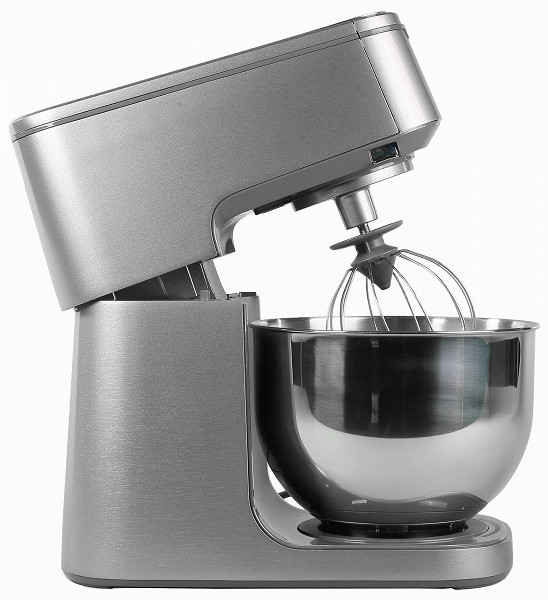
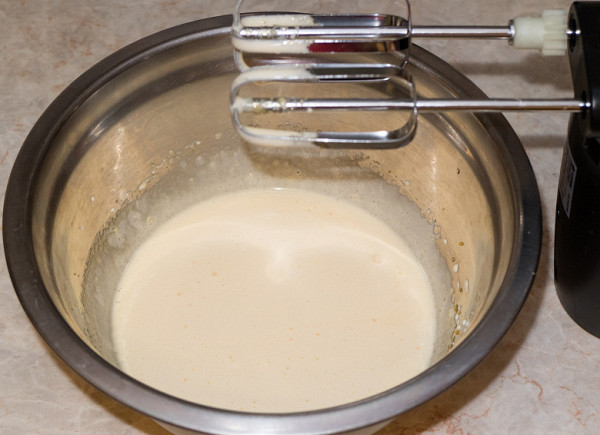
The same devices are useful for breaking up lumps of flour in pancake dough and whipping egg whites. However, it should be remembered that using a blender with cross-shaped blades to beat egg whites is not recommended, as this may disrupt the structure of the protein and not ensure its saturation with air.
By the way, when testing stand mixers, we always check their performance with a small amount of egg whites, given that sometimes recipes call for beating just one or two eggs. This test demonstrates how well the blender bowl is designed and how well the whisk attachment fits to it: it is important that the whites at the bottom of the bowl are evenly whipped.
If you enjoy baking and love experimenting with different types of dough, modern appliances can make your job a lot easier and help you take your baking and pastry skills to the next level.
